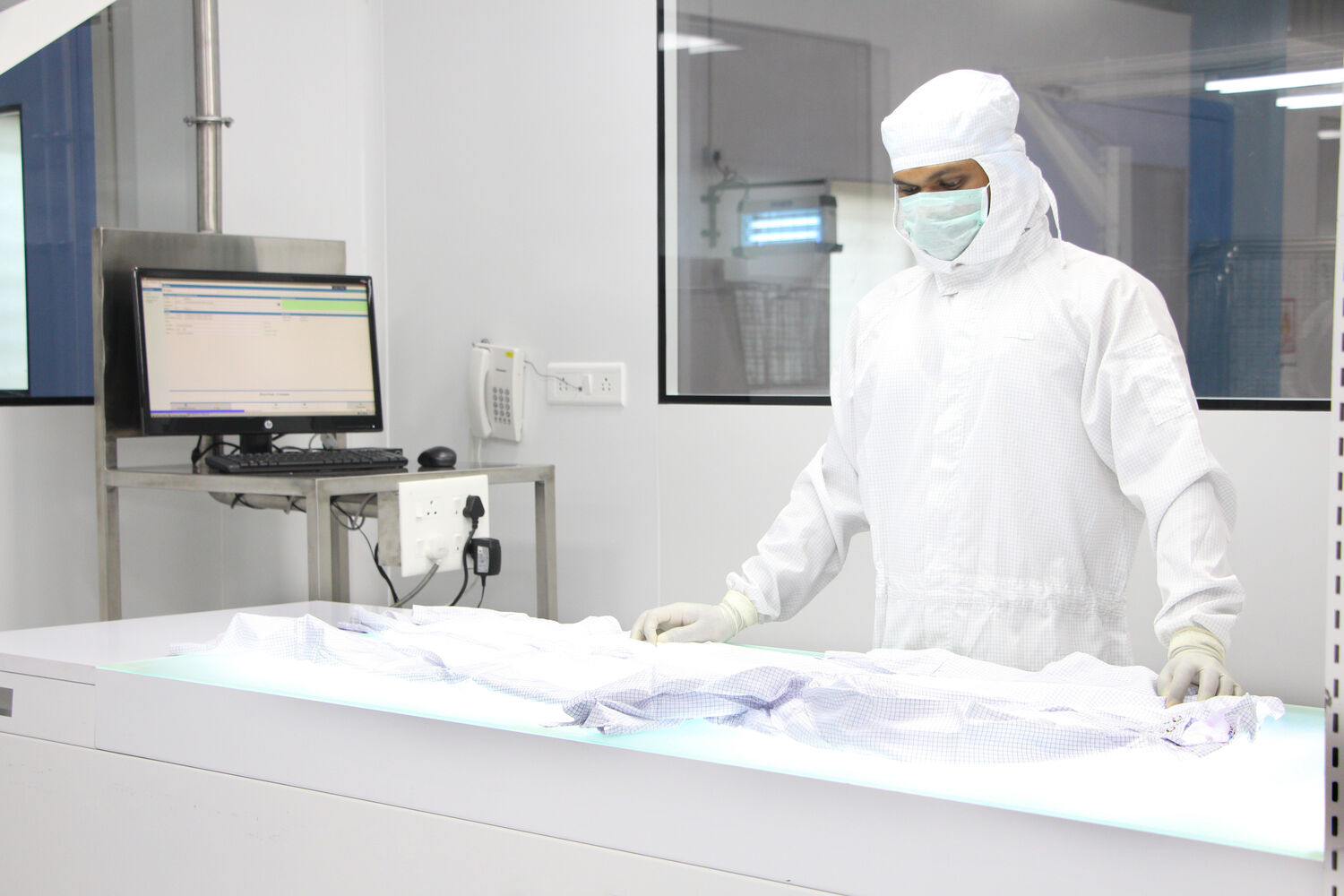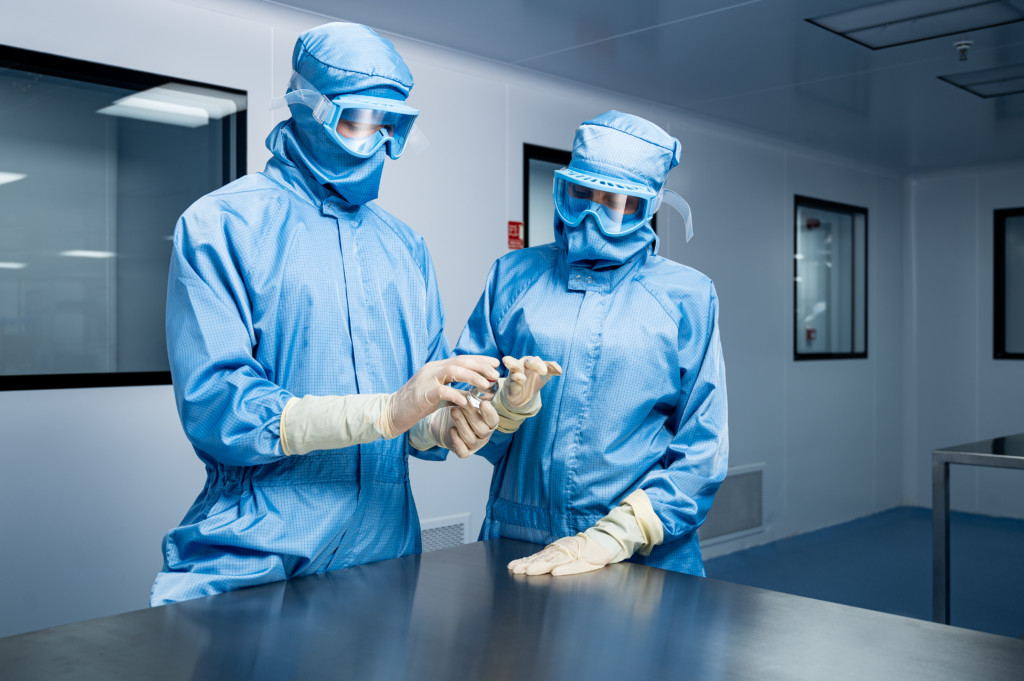
Contamination in pharmaceutical industry: types, causes and prevention
Contamination in pharmaceutical industry can compromise patient or environmental safety and affect the performance of a business. These are the most common types of pharmaceutical contamination and our experts’ tips on how to avoid them.
In the pharmaceutical industry, contamination can lead to catastrophic consequences. It can compromise the safety of patients, staff, and the environment – as well as affect a business’s productivity. While maintaining high standards of hygiene is important, merely controlling the bio-burden levels through effective cleaning is not adequate: it’s equally important to identify and prevent possible contaminants. In this blog post, we discuss the types and the most common sources of pharmaceutical contamination and list the most effective measures you can take to prevent contamination throughout the entire value chain.
Common types of pharmaceutical contamination
The most common contaminants found in pharmaceutical products are:
- Physical Contaminants: These include chips, particles, and fibre materials that can enter the manufacturing or packaging process and contaminate entire batches of products, rendering them unsuitable for shipment.
- Pyrogenic Substances: These are micro-organisms that can cause fever.
- Chemical Contaminants: Moisture, gases, vapour or molecules may also contaminate sterile pharmaceutical products.
- Biological Components: These include viruses, bacteria, or fungi that can cause diseases and should not be found in pharmaceutical products.
Potential sources of contamination in pharmaceutical products
To effectively prevent contamination and ensure high levels of safety in pharmaceutical manufacturing, it is crucial to identify the sources of contaminants.
Personnel: People who are performing or supervising pharmaceutical manufacturing and packaging processes can be a significant source of contamination. This primarily happens due to:
- Lack of training
- Inadequate cleanliness and hygiene standards
- Direct contact with the materials & products
- Lack of personnel protective equipment and appropriate clothing
- Malpractices like eating or drinking in the manufacturing or storage areas
- Entry or use of key manufacturing units by unauthorised personnel
Manufacturing facility: The facility or the building may be another primary source of contamination due to:
- Poor design and inadequate space that can lead to cross-contamination and mix-ups
- Lack of adequate pest control and waste management measures
- Improper ventilation, lighting, and air filtration system
- Inadequate cleanliness and sanitisation practices
Materials: The quality, handling, and control of raw materials can also cause pharmaceutical contamination by:
- Improper handling and storage
- Poor labeling, sampling, and testing of raw materials
- Degradation of materials due to environmental conditions
- Using materials that do not meet acceptance guidelines
Manufacturing process: There is a high chance of contamination throughout the manufacturing process due to:
- Lack of dedicated production facility for each product
- Absence of statutory-compliant hygiene and cleanliness standards
- Lack of proper zoning, resulting in mix-up or cross-contamination
- No or insufficient cleaning and maintenance status labeling on materials and equipment used in the manufacturing process
- These are some potential causes of contamination in the pharmaceutical industry which must be efficiently addressed to manufacture high-quality and safe products for all.
How to prevent contamination in pharma
There are always possibilities of contamination in the pharmaceutical industry. Taking adequate preventative measures and sufficient training can help maintain high standards for quality and comply with legislation. Once you identify the sources that could potentially contaminate pharmaceutical processes and products, it is important to have definitive preventive measures in place. Here’s how to eliminate pharmaceutical contamination:
- Manage Personnel Contamination: Ensure the personnel involved in the production and handling process is highly qualified and have professional training in hygiene and cleanliness. Make sure there is always hygienic clothing available and stress that protective workwear must be worn at all times.
- Disinfect: Regular cleaning and sanitisation is the core of preventing pharmaceutical contamination. In addition to thoroughly cleaning and disinfecting the facility, cleanliness and hygiene of workwear are also important.
- Improve Facility Design: The facility design should comply with regulatory standards, ensuring that humidity, temperature, and air filtration are properly maintained. Using UV airlocks, restricted access barrier systems, or laminar flow in manufacturing or packing areas will help eliminate particles and other contaminants.
- Regulate Water Use: To prevent water-borne contamination, make sure that only distilled water is used when manufacturing pharmaceutical products.
Lindström helps raise the bar for health and safety with cleanroom services
Lindström’s cleanroom garments and products have been designed especially for the pharma segment. Our ergonomic reusable products and garments designed especially for the cleanroom act as a barrier between the person and the manufacturing environment. They help prevent contamination in the production area and thus ensure the safety of your products. The service is available in Finland, China, and India.




